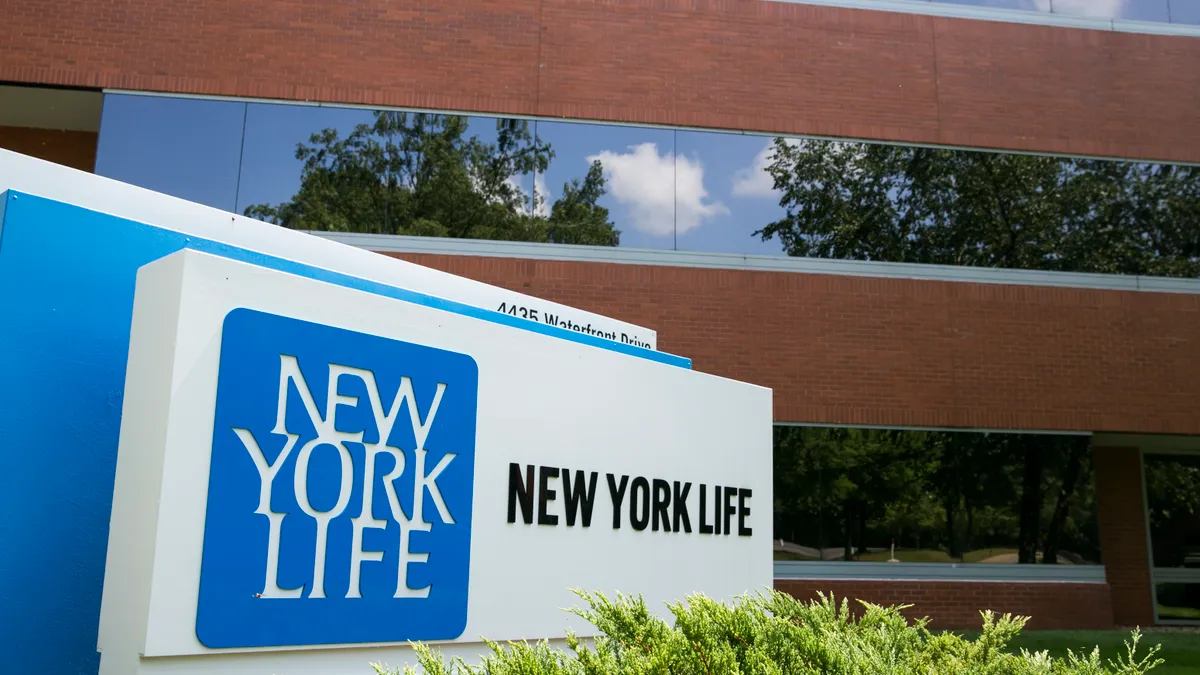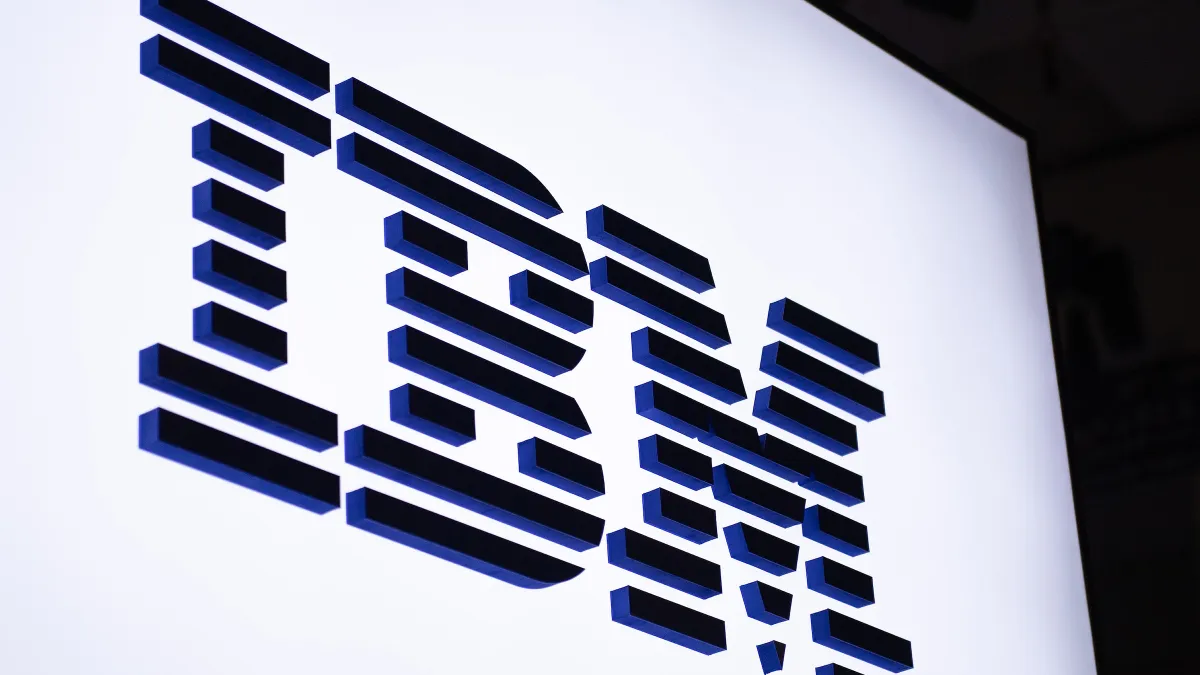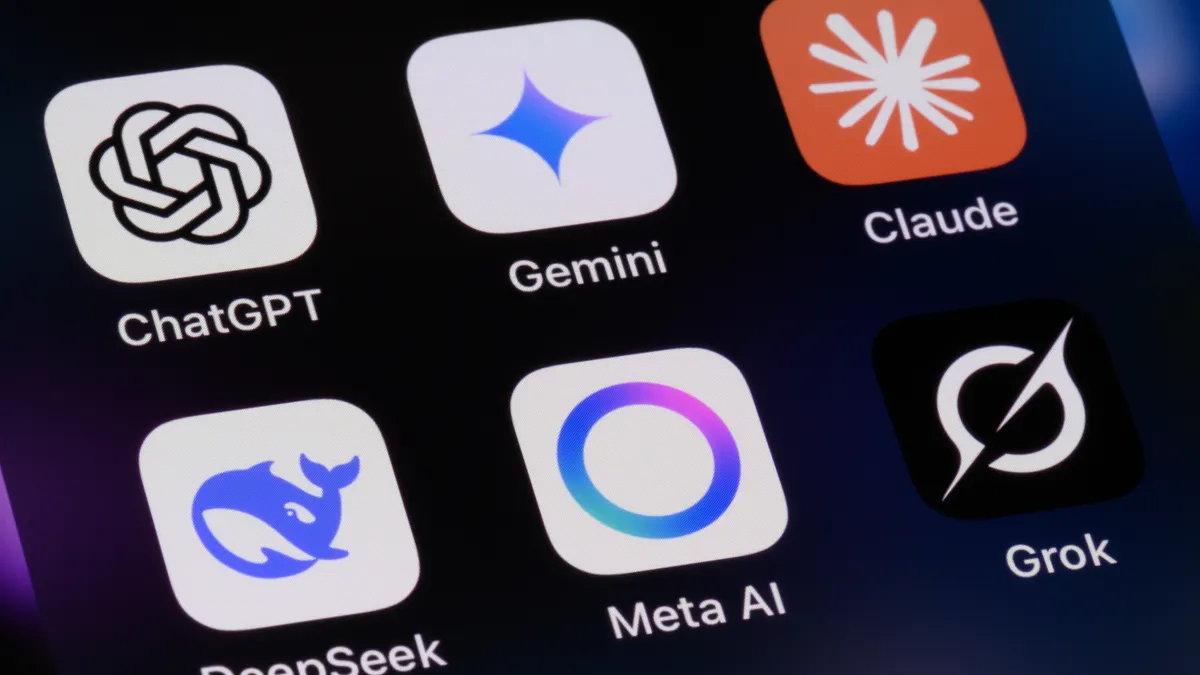Underwriting is a numbers game. Insurers build statistical models, collect data and do their best to predict outcomes. It’s data science applied to the vagaries of the real world, to a noisy system rife with uncertainty and risk.
New York Life, the country’s largest mutual insurance company, wants to modernize the life and disability insurance process for its clients and agents by making it less invasive and more appealing.
The company is developing a hybrid approach that uses AI enhanced by troves of electronic health record (EHR) data and coupled with the expertise of its underwriters.
“We are developing and actually have put into production data science models around mortality,” said Alex Cook, senior VP and head of strategic capabilities for New York Life, in an interview with CIO Dive.
The models take in data that is already structured, provide an initial assessment and then the underwriting takes over.
“The underwriter can take the result and, looking at additional information that is harder for the model to ingest, can then make a solid determination of the risk in a hybrid way,” said Cook, who oversees technology, data operations and AI for the company.
To protect its clients, and its interest in accurately assessing risk, New York Life has taken a measured approach to AI deployments.
“These are not black box models,” Cook said. “This is not unsupervised machine learning. There is tight collaboration between our data scientists and our underwriters to ensure that we know the reasons behind any underwriting decision.”
It’s AI with a human touch — a potential framework for how other types of companies can onboard this technology.
AI’s growth spurt
New York Life’s investment in data science reflects broader trends that reach beyond the insurance industry, as the promise of AI and ML becomes a reality.
“Data is in many ways the lifeblood of what enables us to operate,” said Cook. “The importance of being able to manage that data effectively, make sense out of it and use it as a way to drive better experiences and better outcomes — that's a really important area of focus.”

While only 12% of the more than 1,600 companies surveyed in a June Accenture report had advanced AI significantly enough to achieve major growth and transformation, executives at those companies attributed 30% of revenue to AI applications.
Service operations optimization, product enhancement, contact-center automation and marketing-budget allocation are the largest areas of growth in AI, according to a December 2021 McKinsey report.
Using AI to map traffic patterns, target advertising or even analyze geological surveys is a no brainer. As New York Life has discovered, drawing up life insurance policies without having to draw blood is more complex functionally, financially and ethically.
“It will take some time before we are at a point where models will be as adept as an experienced underwriter,” Cook said.
A case study in AI maturation
New York Life posted early AI wins in two areas: agent recruitment and client advising.
The company created psychographic evaluation data science models to “enhance the ability of our recruiters to identify candidates we expect will be successful in this career,” Cook said.
The company also digitized parts of the consulting process that were previously done with pen and paper. Agents can now use data science to take a more proactive approach to underwriting. They are provided with AI-generated suggestions for what is likely to best suit a client.
As in traditional underwriting, agents collect information from clients and, drawing on experience, recommend policies. AI-enabled data science models optimize that process and help agents make better recommendations.
The model reviews a client’s current policy, determines coverage the client lacks and looks at similarly situated clients. “We can then determine where the gaps might be,” Cook said.
Other parts of the traditional underwriting process are cumbersome and, in some cases, “literally painful,” said Cook. It commonly involves blood tests, medical exams and even fax machines.
“The standard is still that you go to a provider for your medical records, and they basically print a document out of their electronic health record system and fax us the document,” said Cook. “It’s nuts in this day and age.”
To ease the process, New York Life is working with several EHR companies, including Epic Systems, Cerner and Veradigm, as well as with healthcare information exchanges in various states, Cook said.
With the client’s consent, data from EHRs can be fed into an AI-enabled data science model, allowing New York Life to underwrite policies without ordering additional blood work or physical exams.
“When you have all that health data stored digitally, it creates a ton of opportunity,” said Dr. John Salmon, a pathologist in Virginia who is developing a digital platform that provides patients with the ability to share their EHRs. “The problem is that we don’t have the best data fields for the answers you give to the questions your doctors asks.”
EHRs, combined with other electronic data, enable data science to provide New York Life underwriters with a baseline of knowledge for writing a policy. Experienced underwriters are still needed to weigh additional information — attending physician notes, images and other material that’s not structured in a way that can be easily ingested into the model.
At the peak of the pandemic, New York Life underwrote 65% of its life applications “without the need for blood or fluids,” Cook said.
“There are things that AI is really good for, and that includes screening,” Salmon said. “For what an insurance company is doing, that’s pretty good.”
Correction: This article has been updated to correct the names of two EHR providers New York Life is working with. Additionally, the story has been updated to reference underwriters, not agents, in two instances.





















